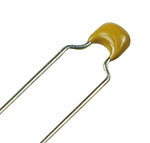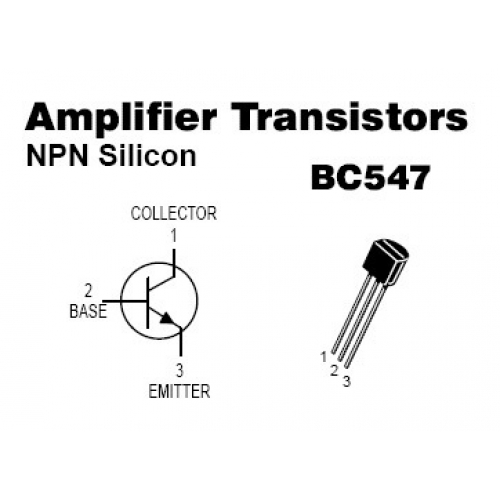fezder
Well-Known Member
well i suppose it can't hurt....i have only one supply now, so what's best way to add virtual ground (resistor divider or opamp between as buffer? i don't have any ''special'' ic's that create virtual ground....) and i suppose that virtual ground is used as for those groundings in that circuit, but the actual minus from main supply is the one supplied to opamp?












